ABS is an essential feature in a car. Especially for each participant in this vehicle, it is necessary to understand ABS and, more specifically, the ABS module. However, not everyone can fully understand it.
Recently we often received questions similar to “How to bleed abs module without scan tool?” Find out with us right here in this article:
About ABS
First of all, you should understand what ABS is. In particular, ABS stands for Anti-lock Branding System. It is a system that plays a vital role in the car, with the task of preventing the wheels from becoming hard when braking sharply and at the same time avoiding the vehicle from slipping.
Because of this feature, in some countries worldwide, ABS is a mandatory system for a car. With ABS, it will generally include an ABS sensor, ABS module, and ABS modulator.
In addition, ABS is also commonly known for the critical role of the ESC system (also known as the electronic stability control system). Thanks to that, you have complete control of the steering wheel in emergencies.
The Role Of Abs Module
In the ABS, the ABS module takes the lead in the anti-lock braking system.
Usually, an ABS module will be located in the engine compartment or left frame bar of the vehicle. The ABS module will operate by the ABS sensor detecting that one wheel is turning slower than the other wheels when braking, then it will transmit the information to the ABS module. Here are some roles of the ABS module that you need to know:
- The supply control signal to ABS modulator
- Ensure safety and perform test mode, store broken codes
- Recognizes information about wheel angles and calculates acceleration and deceleration to provide a correct speed and identify the risk of slippage due to the ability of the wheel to harden.
How To Know If The Abs Module Needs To Flow Or Not?
As mentioned before, the module is responsible for locking the wheels through the speed sensor on each wheel. If your ASB is still expected, during operation, it will apply and release the brake quickly so that the wheel is free to rotate so the car will not have any difficulty when driving.
However, a few signs that the ABS module needs to flow are air trapped in the system, causing your pedals to gradually sink or become spongy or soft and not bounce back after releasing the pedal. This is when you need to restore your pedals.
To restore the pedal, you will, of course, need some scanning tools. But if you don’t want to use the scan tool, it’s still completely doable. Please continue to follow this article to understand.
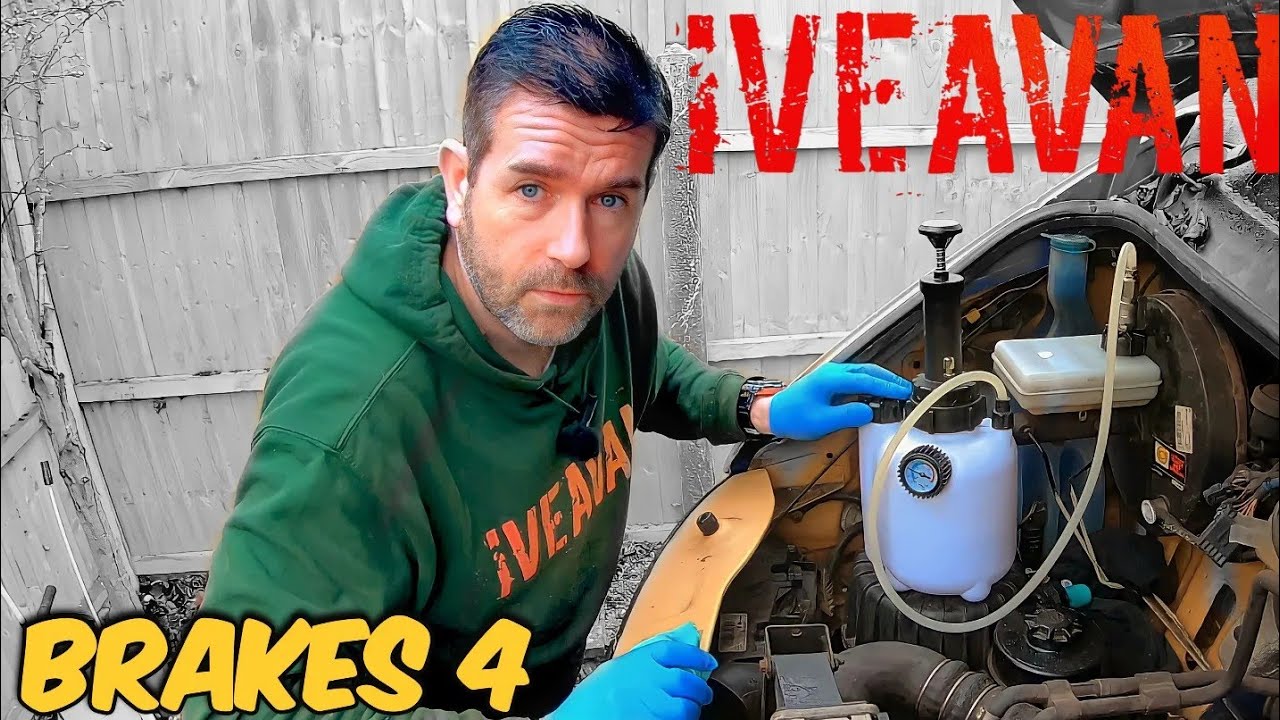
Steps On How To Bleed Abs Module Without Scan Tool
Basically, melting the ABS module is not too difficult. However, if you don’t use the tool, there are a few things you can do to do it, including:
- Wrench
- Hammer
- Clean rags
- The syringe or Turkish baster
- Empty bottle
- Clear plastic tube
- Car holder
- Protective gloves and goggles…
Following are the steps required to meet the module:
Step 1: Get ready
First, make sure your car is in a well-lit place. Then use the car holder to lift the vehicle up and altogether remove the wheel from the car.
Step 2: Release brake fluid and change new oil
After the wheel is completely removed from the vehicle, drain the brake fluid entirely until it is exhausted. Be sure to use a clean rag to remove any remaining stains in the container. It would help if you wiped it several times then poured new oil into the tank.
Step 3: Loosen Bleeder
Next, remove the dust cover with a wrench and loosen the bleeder (don’t remove it altogether). Then connect the port with a clear plastic tube and reserve the oil with an empty bottle during the flow.
Step 4: Get someone’s help
When pumping the brake continuously, you need to ask your relatives or friends to sit in the car and wait for your command. When you say “down”, your friend will be tasked with pressing the brake pedal with enough force. After the brake pedal is applied for a sufficient time, the liquid will flow through the transparent tube. Please wait for it to stop hovering and close the drain. Then say “up” to let your friend know so they can take their foot off the brake pedal. Repeat this until the liquid is clear.
Step 5: Pour new liquid into the cylinder
The liquid that has flowed out is transparent, but make sure the tank still has oil if the gas will flow in and cause a system leak. Finally pour the new liquid into the cylinder.
Above are the steps to melt the ABS module when not using the tool. In fact, these methods are pretty easy, but you will take a lot of time and sometimes need to bother your friends.
FAQs
Is there a bleeder on the ABS module?
In general, whenever a vehicle is with ABS, it needs to flow. Of course, you can do it with any other car. First, control the pedal to operate the system, open the liquid discharge and repeat until the liquid is clear.
Do you need to bleed all 4 brakes?
Bleeding all four brake lines after opening anyone. However, if your brake line is a stand-alone line, you won’t have to bleed all four brakes. Plus, a common mistake when working on brakes is mixing incompatible brake fluids.
For more details, you can check out “do you have to bleed all 4 brakes when changing a caliper”
How do I know if my ABS module is bad?
A few signs to help you recognize a damaged ABS module are: the ABS warning light is on, the brake pedal is not responding, the tires are locked frequently, …
Conclusion
Finally, before the end, hopefully, you can get your questions answered and know more information about the ABS module. Moreover, I hope that you will successfully melt the ABS module through the above instructions. If you have any questions or concerns, feel free to leave a comment on this post.


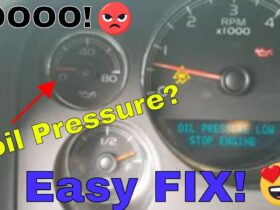
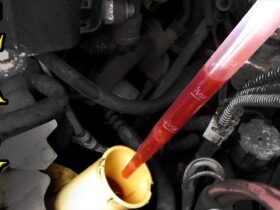


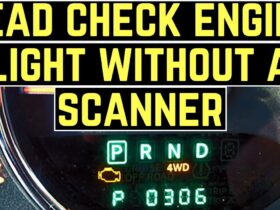
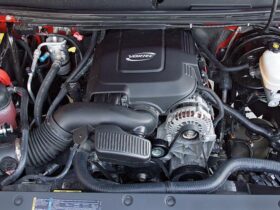

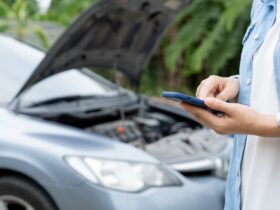

Leave a Reply